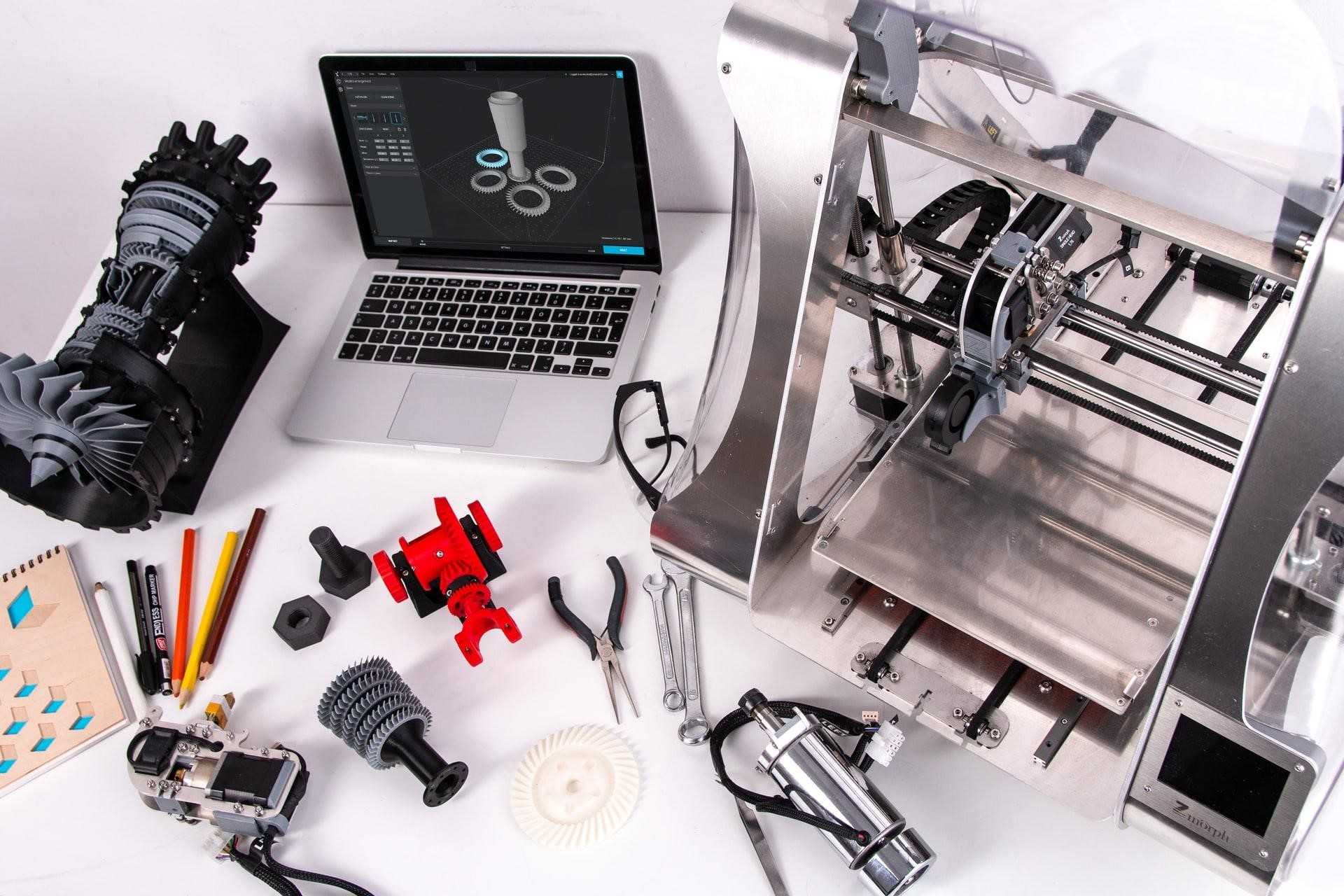
Is 3D Printing Safe for Aerospace?
So, experts in the aerospace industry are now using 3D printers to print parts for shuttles and other important equipment. If you’re like most people, you probably have one question after hearing this news: is it safe?
Let’s not forget, these parts need to withstand extreme temperatures and pressure. When used on a shuttle, it will travel at high speeds and push through the Earth’s atmosphere in the meantime. Is a part printed using a 3D printer up to this task?
Debunking the Myths
Before anything else, it’s important to debunk some myths. For example, no space agency in the world would use parts in the aerospace industry without extensive testing. In other words, it’s not as if companies are printing parts and keeping their fingers crossed that it works. All parts used on a project are tested extensively, whether coming from a 3D printer or otherwise.
Secondly, the 3D printing machines used in aerospace are much more advanced than the ones you might find in a school (or perhaps even one you have at home). Whether they have the equipment themselves or outsource to an external company, aerospace manufacturers use advanced metal printing.
When talking about this topic, people picture misshapen aerospace parts made from hardened plastic. Of course, this isn’t the case at all. Instead, the manufacturers use metal printing. For example, one of the most recent developments in this field has been the addition of titanium. If you are a manufacturer, you can order your metal prints in Australia from Amiga Engineering.
Previously, companies would steer clear of titanium because of the cost. Any wastage during production would detract severely from not only the budget but also any profit at the end. With 3D printing, manufacturers can use titanium efficiently. Therefore, they benefit from the strength-to-weight ratio. Titanium is incredibly strong, despite the low weight of the material.
Thirdly, 3D printing is no longer simple. Aerospace manufacturers aren’t using a ‘my first 3D printer’ when they print parts for this purpose. Instead, they’re using 3D printing to create complex, intricate designs that just wouldn’t be possible through other techniques. Consequently, you could argue that 3D printing is safer than traditional manufacturing techniques because producers can develop more intricate, specialised parts to perform specific tasks.
Benefits of 3D Printing in Aerospace
Currently, the Federal Aviation Administration in the United States has only certified a couple of parts developed through 3D printing. These parts are non-essential and aren’t considered critical for the safety of any potential flight. This being said, this is likely to change as 3D printers, materials, and designs continue to advance.
Every year, the industry invests millions of dollars into 3D printing, so it’s only a matter of time before more 3D printed parts receive the support of the FAA as well as other international aerospace bodies. The reason aerospace part manufacturers are so interested in 3D printing is that it brings the following benefits:
- It allows for faster development and cuts down on the traditional supply chains. Previously, even simple projects had long lead times, production backlogs and schedules, and more. Manufacturing becomes more efficient and all parties benefit.
- It also helps companies to experiment in areas that previously weren’t possible. As well as playing with new materials, this means intricate designs and moving beyond the previously restricted capabilities of old manufacturing techniques.
- Overall, it also leads to a more effective aircraft design through improved parts and reduced weight. In time, this means more reliability and safety for all those on board.
3D printing is safe for aerospace because it accommodates more intricate designs and still goes through the same rigorous testing procedures as all other parts.






